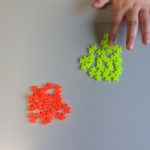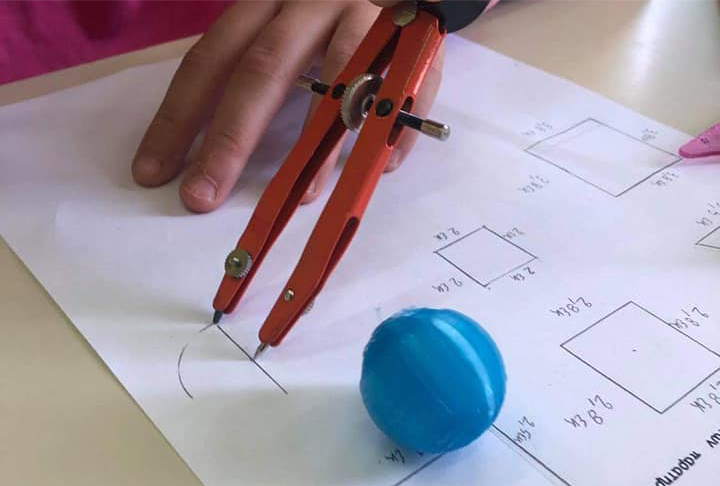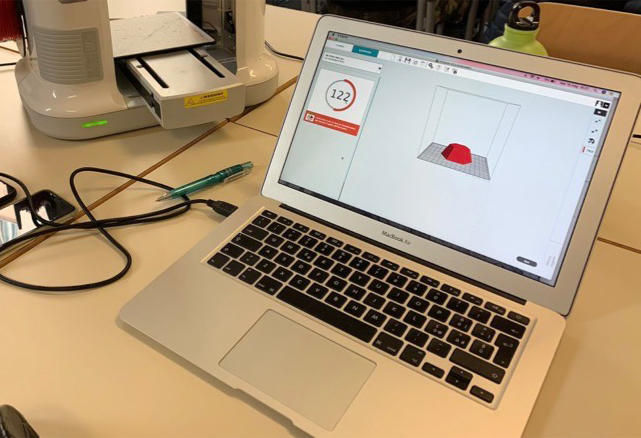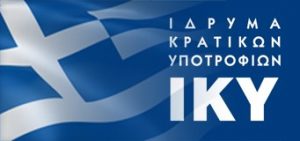DISABILITIES ON MATHEMATICS – RESEARCH
The goal of mathematics curriculum for primary and secondary schools in European Union is to help students apply their mathematical knowledge and skills to solve problems and make decisions. However, there is a large number of students that faces learning difficulties with mathematics. Six percent of students lack of mathematical skills, and specifically lack of arithmetic ability which seems to rely on different cognitive processes.
 Technology might play an important role in overcoming the above difficulties. Actually we assume that technology and more specifically 3D printing technology could aim students understanding and adoring maths. 3D printing is an innovative technology. An emerging problem is the cost of the filament. In order to solve the above cost problem, recycle seems to be an answer. The procedure of use waste in order to transform it to a filament, could reduce environmental pollution and might contribute to decrease the 3D printing cost. According to European Strategy on Plastic Waste in the Environment signifies that “the inherent characteristics of plastic create specific challenges for waste management”.
Technology might play an important role in overcoming the above difficulties. Actually we assume that technology and more specifically 3D printing technology could aim students understanding and adoring maths. 3D printing is an innovative technology. An emerging problem is the cost of the filament. In order to solve the above cost problem, recycle seems to be an answer. The procedure of use waste in order to transform it to a filament, could reduce environmental pollution and might contribute to decrease the 3D printing cost. According to European Strategy on Plastic Waste in the Environment signifies that “the inherent characteristics of plastic create specific challenges for waste management”.
The aim of 3D-ReMath is to help students understand better mathematics and become familiar with technology and the procedure of recycling. More specifically students could collect plastic (plastics caps, or bags, or pens, etc.) and then by using a proposed framework for transforming plastic to filament, suitable for 3D printers, they can use this material to print 3D objects which help them to overpass difficulties that they face in mathematics. 3D-ReMath aims pupils to understand maths, to reduce-reuse-recycle products and finally get them familiarized with an innovative fabrication technology.
Based on questionnaire research is concluded by teachers and students that children have difficulties on mental calculation, solving numerical problems associated with their linguistic content and applying mathematical formulas. Additionally teachers perspectives perceive problems on: basic operations with integers and fractions, proving statements, graphical representation of geometric problems and mathematical problems and concepts visualization. While students refer additional problems dealing with measuring objects, distinguishing geometric shapes and numbers operations.
Consequently the reader can find the research questionnaires.








